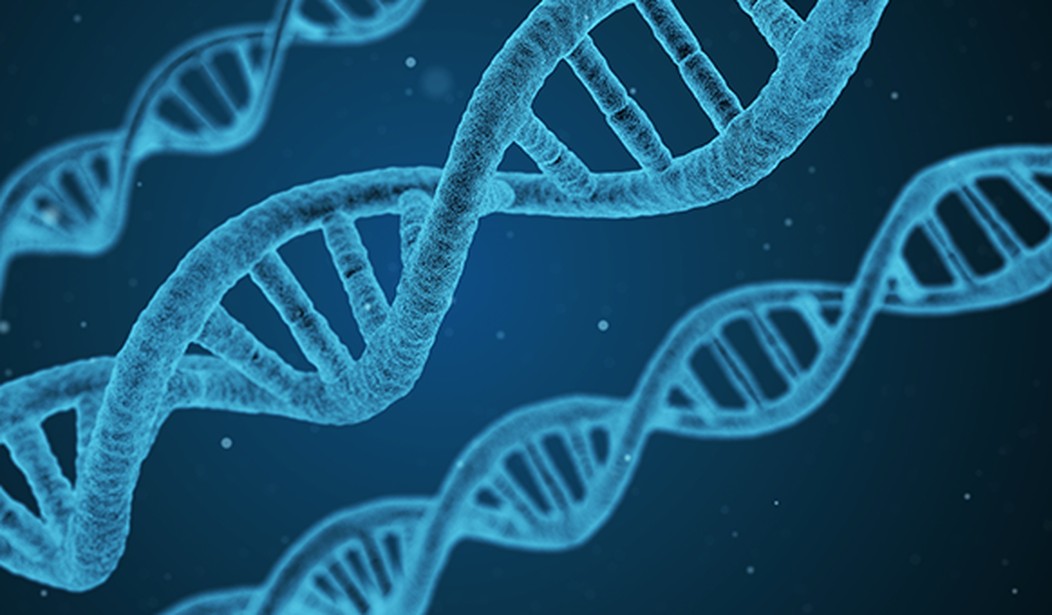The use of animals in biomedical research has been a hot topic for many years. The animal rights crowd, a group of people about whom I literally wrote the book (now sadly outdated) gets spun up by this issue like they do few others, claiming that tissue studies and computer models can replace animals in research. In some cases, those methods can and should be used, but not in all cases; the best models we can concoct are laughably crude compared to a biological system.
Biology isn’t a simple science; it’s complex, and more to the point, it's fuzzy. There aren’t a lot of sharp edges, and there are a lot of things we just plain don’t understand very well. Like the global climate, a biological organism is complex and chaotic, challenging our ability to understand. For one of the best examples, we can look all the way back to the 1950s, and to the development of thalidomide, now notorious for the horrible birth defects it caused when given to pregnant women.
Thalidomide was developed originally as a mild sedative and worked very well in this application. In the 1950s, the main body of scientific thought was that drugs would not cross the placental barrier, so when thalidomide was discovered to be very effective in dealing with morning sickness, doctors in Europe began to prescribe it for that purpose. The results are well known; many children exposed to this substance were born with horrible deformities.
Claims in opposition to the development of this drug are simple: Research done with animals did not predict the teratogenic (birth defect) effects of thalidomide. In fact, several research projects demonstrated teratogenic effects in rats, mice, hamsters, and primates.
Read More: GOP Rep. Condemns Over $10M in 'DEI Grants' for Universities to Study Transgender Lab Animals
So, the truth is different. An objective analysis of the thalidomide tragedy reveals just the opposite. The problem was, in fact, insufficient animal testing. Indeed, thalidomide was never approved in the United States, precisely because the US Food and Drug Administration (FDA) felt that insufficient pre-clinical (animal) testing was done. The FDA Director at the time, Frances Oldham Kelsey, insisted that the initial testing done on thalidomide was insufficient.
The company continued to send in what they believed was proof of thalidomide’s safety, but Dr. Kelsey adamantly insisted on scientifically reliable evidence, which she felt the application sorely lacked. Approximately a year later researchers in Germany and Australia linked thalidomide to clusters of rare, severe birth defects—hands and feet projecting directly from the shoulders and hips—that eventually were shown to involve thousands of babies. The drug was never marketed in the U. S., and the impact of the near disaster here helped to pass a pending bill that fundamentally changed drug regulation, the 1962 Drug Amendments.
As an overview, the teratogenic effects of thalidomide were demonstrated in several species, including rats, mice, hamsters, marmosets, and baboons. These studies were done as an investigative process following the discovery of thalidomide's drastic teratogenic effect in Europe.
American women were spared this tragedy precisely because of the FDA’s and Frances Kelsey’s refusal to approve thalidomide for distribution due to insufficient pre-clinical testing. Thalidomide's teratogenic effect still isn't completely understood to this day; however, we do know that it causes a variety of embryonic development defects by binding to embryonic DNA.
The DNA binding takes place within the very first stages of embryonic development, which is why the effects remain much the same across species boundaries; the progression of fertilized egg-blastocyst-embryo (that's a gross oversimplification) is identical in mammalian species. This DNA bonding interferes with embryonic development, which is what causes the gross developmental limb malformations, along with several other teratogenic effects, like neuropathy and cranial/facial deformities. Ironically, this same property of thalidomide, namely bonding to developmental DNA, is making it useful in treating Hansen’s Disease (leprosy) and some cancers.
As to the testing itself, that much is simple to describe. Test animals are administered measured doses of thalidomide, while the blood levels of the drug are measured by a gas chromatograph to determine the relative dosing level in their bloodstream. When compared to a control group, the various teratogenic effects are noted. There is often more than just limb malformation. Also noted were problems with miscarriages caused by high thalidomide levels, along with craniofacial deformities. These problems were also demonstrated in the investigative testing noted above.
Specifically, in 1983, Parkhie and Webb demonstrated several teratogenic effects in rats. In their study, rats were injected with a single dose of thalidomide during the organogenetic stage of pregnancy. Thalidomide induced skeletal deformities of the thoracic ribs and spinal column in 33 percent and 56 percent of the fetuses when injected on Day 11 and 12, respectively, and embryotoxicity at 11 percent and 24 percent. The mean fetal weight in injected rats was also reduced.
What all this means is that it has been concluded that a mutagenic DNA-binding mechanism during the organogenetic stage of embryo development causes the teratogenic and embryotoxic effects of thalidomide. The mechanisms of embryo development in these stages are identical across the mammalian species. Any teratogenic or embryotoxic test that produces results in rats is highly indicative of comparable results in humans.
Read More: Herpes-COVID Monkeys on the Loose After Big Rig Crashes: Report
The question to be posed to the people who object to all animal testing under any circumstances at this juncture is simple: Please explain to us how the lack of application of these highly predictive tests before the release of thalidomide in the European market translates into a failure of animal research, rather than a failure to apply sufficient animal research. Or, to put it another way, please explain to us how it is possible that these tests would not have revealed teratogenic and embryotoxic effects before the release of thalidomide, but somehow, have they done so afterward?
The use of animals in biomedical research is still essential. It should be controlled, it should be monitored, it should be held to the highest standards of humane treatment, and, yes, it should only be used when necessary. But sometimes an animal model will show results that can’t be discovered any other way – such as thalidomide’s effect on organogenetic embryo development.















